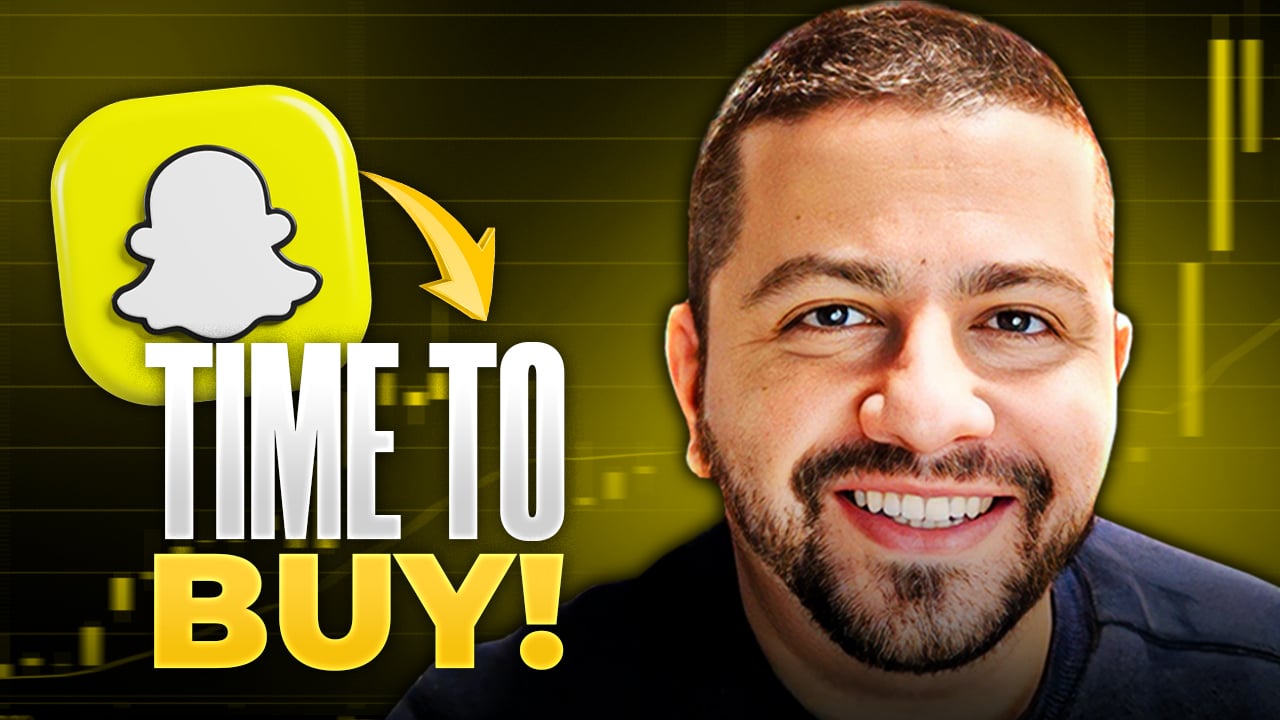Snap (SNAP +0.51%) recently debuted several new Snap Originals at Advertising Week's New York offices. Originals are custom-made for the Snapchat platform with full-screen vertical video and lots of highly visual components like graphic overlays and quick cuts. It's a style that might look out of place anywhere else.
Snap's new slate of originals comes less than six months after the company announced its last round during its first-quarter earnings call. CEO Evan Spiegel also disclosed there are over "450 premium content channels worldwide" during that call. And the company is also reportedly interested in developing a dedicated news section of the app with exclusive content from various news outlets.
Snap's continued investments in Originals and media partnerships is a good indicator that the efforts are working. Both management and marketers have mentioned the success of Snap Commercials, its six-second non-skippable ad format that complements its more premium content. Management said revenue from Commercials grew 60% sequentially in the second quarter.
Snap's transforming itself into more of a media company than a social media or technology company.

Image source: Snap.
Extremely efficient content spending
The driving force behind any media company is content, and Snap is certainly upping its spending on it through buying the content outright, like with Snap Originals and via revenue-sharing agreements with media partners.
Snap's revenue share expense climbed 55% year over year in the second quarter, a stark acceleration from the 9% jump in Q1. That accelerating growth in expenses coincides with the company returning to user growth and a 60% year-over-year increase in time spent in Snapchat's Discover section.
Meanwhile, the Snapchat operator is reportedly spending as much as $40,000 to $50,000 per episode of its Snap Originals. With more than 100 Original episodes released over the last year, that adds up to several million dollars in content expenses.
Still, that's far less than Facebook (FB +0.47%) is spending on its Watch platform. It pays tens of millions of dollars to big-name celebrities to star in and produce new originals for its video channel. It's also bought some high-profile sports rights from Major League Baseball and Major League Soccer. Facebook last reported Watch has 140 million daily active users (DAUs), which is notably less than Snapchat's 203 million DAUs.
Even with Snap's $31 million increase in revenue share expenses over the last 12 months and several million more in original content spending, the company has seen strong revenue growth. Trailing-12-month revenue has grown by over $400 million, up 41% to about $1.4 billion. The early investments in content are certainly paying off.
Does it scale?
The challenge for Snap investors going forward is determining whether its content investments can produce the same level of success going forward as they seemingly have over the last year or so.
There are a number of factors fueling Snap's revenue growth. Making Snapchat's Discover section more appealing with better content has certainly driven higher engagement in the most monetizable section of the app, but Snap's growth has also come as a result of improvements in its ad products and drawing more advertisers to the platform. That increases the company's average ad price.
Snap's still picking the low-hanging fruit, and revenue growth will not come as efficiently going forward. In other words, it's not content spending alone that's driving its revenue growth, but an overall return to a healthier platform and the introduction of effective ad units.
That's not to say Snap's bigger focus on content is a bad investment. Its content spending is still minuscule compared to its other costs of revenue -- mainly its infrastructure expenses. Snap ought to continue investing in new Originals and content partnerships as long as it's showing an ability to bring in new advertisers and increase its average ad prices. Investors need to know, however, that's a task that will become increasingly difficult going forward.







